World
Gen Z Protests in Morocco Demand Change Amid Rising Inequality
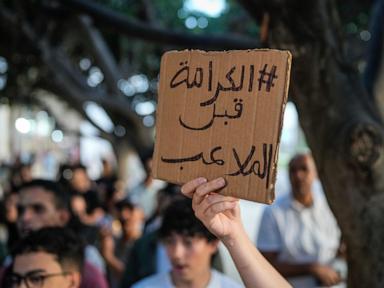
Demonstrations across more than a dozen cities in Morocco have captured national attention as young people express their discontent over corruption, inequality, and a lack of opportunities. The protests, driven by a collective known as Gen Z 212, have transformed digital frustrations into a tangible movement that authorities can no longer overlook. As unrest continues, further protests are anticipated this weekend.
The protests in Morocco mirror similar movements in countries like Madagascar, Kenya, and Peru, where young people are rejecting traditional channels like political parties and unions. In Morocco, the anger has intensified over the striking disparity between government investment in infrastructure for the upcoming 2030 FIFA World Cup and the country’s struggling health care system. While the government allocates substantial funds—over $5 billion—to build stadiums, many Moroccans face severe challenges, including a 36% unemployment rate among those aged 15 to 24.
The group Gen Z 212, named after Morocco’s dialing code, has gained traction, boasting around 180,000 members who strategize using the Discord app. Independent spinoffs have also emerged, organizing local demonstrations. A recent survey by the research network Afrobarometer revealed that more than half of Moroccans under 35 have considered emigrating due to the lack of opportunities.
As protests escalated in September, violence erupted, leading officials to note that many participants were minors. Rights organizations reported that a significant number of those detained were under 18. Despite its reputation as Africa’s most visited country, with attractions like medieval palaces and vibrant markets, the everyday reality for many of Morocco’s 37 million citizens includes high living costs and stagnant wages.
Morocco has achieved notable advancements in living standards, yet wealth distribution remains uneven. While the country is investing heavily in development—such as Africa’s first high-speed rail line and numerous new stadiums—the monthly minimum wage of around $300 leaves many in poverty. The health system, which serves over 80% of the population, is significantly underfunded, with only 7.7 medical professionals per 10,000 inhabitants, particularly in rural areas where protests have intensified.
Before the rise of Gen Z 212, localized protests had emerged, highlighting regional inequalities. For instance, in Al Haouz, residents continue to live in tents more than two years after a devastating earthquake. Tragedy struck in September when eight women died in childbirth at a public hospital in Agadir, a city known for its tourism but also for its lack of adequate medical care.
Protesters have directed their frustrations at Prime Minister Aziz Akhannouch and Health Minister Amine Tahraoui, likening the government to a mafia. Akhannouch, one of Morocco’s wealthiest individuals, has faced scrutiny for his business dealings, particularly after his companies won controversial government contracts for desalination projects.
As the protests gained momentum, demonstrators have chanted slogans such as, “Stadiums are here, but where are the hospitals?” This reflects their dissatisfaction with government spending priorities. Echoing sentiments from previous movements, slogans like “Freedom, dignity, and social justice” have emerged, yet the protesters have not articulated specific demands for reform.
In a recent letter to King Mohammed VI, Gen Z 212 called for the dismissal of the government and corrupt political parties, the release of detained protesters, and the establishment of a forum to hold officials accountable. These demands indicate a shift from earlier calls for dignity and social justice, highlighting a collective frustration with the pace of reform since the king acknowledged in 2017 that development had not reached all Moroccans.
Although the king is the highest authority in Morocco, protesters have sought his intervention, urging him to oversee reforms. In a recent address to Parliament, he defended Morocco’s developmental vision, asserting that large-scale projects and social programs can coexist. “Social justice is not a temporary priority,” he stated, emphasizing the need for both national projects and social initiatives to improve citizens’ living conditions.
As the situation evolves, security forces have responded with mixed tactics, alternating between crackdowns and retreats. During the weekend of September 27 and 28, riot police arrested numerous demonstrators, while in early October, police clashed with protesters in Agadir, resulting in fatalities. Meanwhile, elsewhere, security forces have stood by as protests escalated into violence.
Moroccan courts have issued a series of convictions related to the protests, with sentences ranging from four to 20 years for various offenses. Following the initial unrest, Akhannouch and members of his Cabinet expressed a willingness to engage with protesters and proposed enhancing existing healthcare facilities. Yet, many demonstrators remain skeptical, feeling that the government’s promises ring hollow as they witness rapid infrastructure development.
“You can’t build stadiums in a matter of months while the problems in our communities remain unaddressed,” said Youssef, a 27-year-old demonstrator. “Their reforms will take years.” As protests continue to unfold, the future of Morocco’s socio-political landscape hangs in the balance, with the voices of its youth demanding urgent attention and change.
-
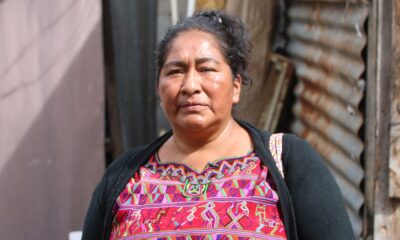
 World5 days ago
World5 days agoExposing the Reality Behind Guatemala’s Garment Industry
-

 Politics5 days ago
Politics5 days agoLB Pharmaceuticals Quiet Period Ends October 21, Analysts Weigh In
-
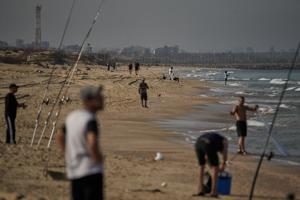
 World5 days ago
World5 days agoHamas to Return Remains of Additional Hostage on Friday
-
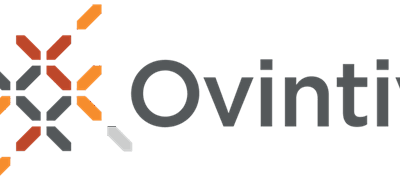
 Business5 days ago
Business5 days agoRoyal Bank of Canada Upgrades Ovintiv to Outperform Rating
-

 Sports5 days ago
Sports5 days agoSaquon Barkley Reflects on James Franklin’s Dismissal from Penn State
-
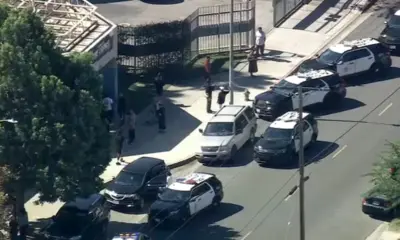
 Lifestyle5 days ago
Lifestyle5 days agoSouth Los Angeles Intersection Renamed to Honor Activist Danny Bakewell Sr.
-
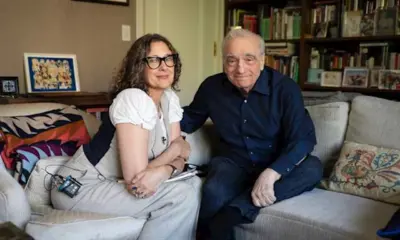
 Entertainment5 days ago
Entertainment5 days agoSylvester Stallone’s ‘Alarum’ Surges in Streaming Despite Poor Reviews
-
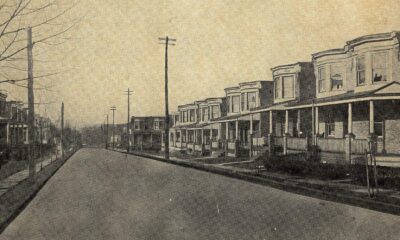
 Lifestyle3 days ago
Lifestyle3 days agoHistorian Seeks Help to Uncover Cherry Street’s Past
-
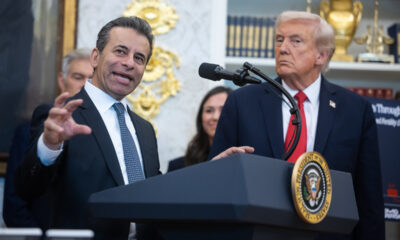
 Health5 days ago
Health5 days agoFDA Announces First Nine Recipients of National Priority Vouchers
-

 Science5 days ago
Science5 days agoMIT Develops 3D Brain Models from Patient Cells for Custom Therapies
-

 Entertainment5 days ago
Entertainment5 days agoOlivia Nuzzi’s Memoir Set to Uncover RFK Jr.’s Controversial Texts
-
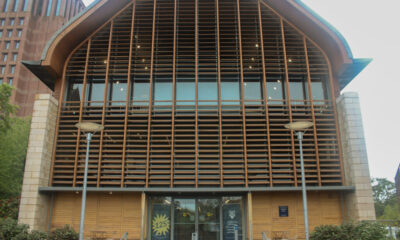
 Science3 days ago
Science3 days agoYale School of the Environment Launches Accelerated Master’s Programs









